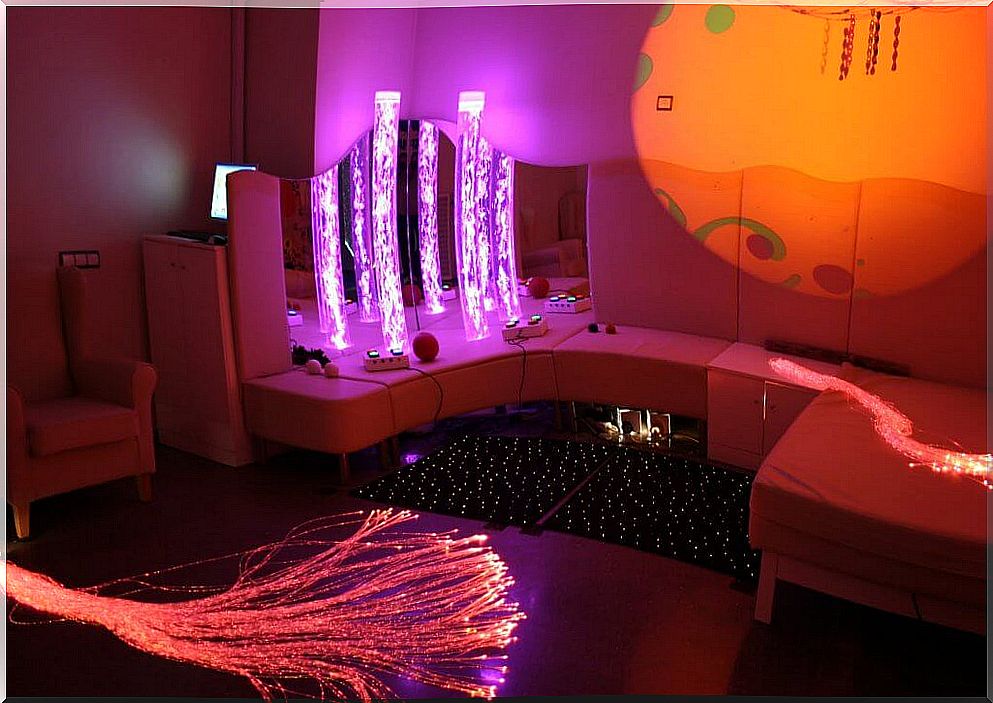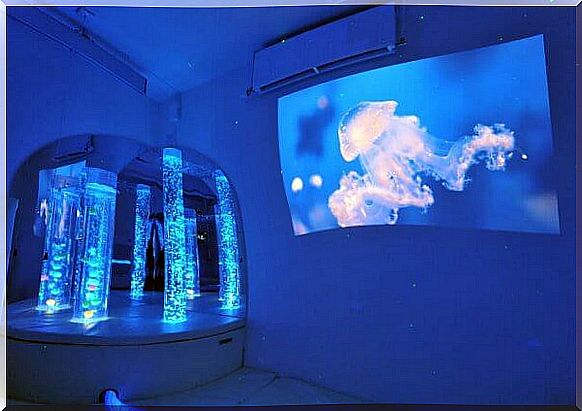Snoezelen Multisensory Stimulus Room

You may have heard of Snoezelen rum, and you have probably come across the term “multisensory stimulus” at least once. In this article we will tell about the origin and roots of these strange rooms. And then we’ll go into how they can help you.
The term “Snoezelen” comes from two compound Dutch words. One part comes from the “snoffelen”, which means you smell. The second part comes from the “doezelen”, which means something like relaxing or relaxing. So what this means is that there is a connection between two actions that may seem as if they are naturally completely different. It’s about achieving a form of relaxation through stimulation – finding and enjoying the fine aspect of stimulating your senses.
The snoezelen concept came about just like many other fantastic ideas and attempts to put solutions into practice. It came from a need to act. A need to confront the paralysis and lack of action in a certain part of life. In this case, it was frustrating to see how the treatment of people with developmental disabilities looked and how they did not get the results they wanted.
The treatment was never about anything other than relief work. But Ad Verheul and Jan Hulsegge, the fathers of this revolutionary concept, did not think it was good enough. They came up with the new way of helping people that we are going to talk about today.
Of course, some people will be able to benefit from this type of therapy. We mostly talk about those who have a very low ability to interact with others around them due to the limitations of their disease. However, people with special needs such as dementia and autism can benefit from most of what this method has to offer.

For some people, stimulation through various sensory channels can be a great help to them. When this type of stimulus is monitored and managed by professionals, it will elicit a new response from the patient. These are basic answers that these people find difficult to produce otherwise.
In that sense, you need to know the person’s case before you start trying to help him. All people are completely unique and different. The way to help each individual will depend on their specific case.
Professional professionals need to know their patient very well in order to benefit from this new type of treatment. There are some people who need to “wake up”. These are people who have had, for example, brain damage that has left them completely disconnected from the world around them.
This procedure is also useful for people who are still connected to the world around them and pay close attention to it, but can not communicate. These people have tremendous benefits with this therapy. Once you can “wake” the sleeper, the stimulus will happen and you will produce new nerve connections.
Therefore, it is important to carry out personal and detailed monitoring of the person. This is because you need to be able to perceive what is not noticeable. The clinical eye must be fast, accurate and skilled in the subject it observes. You can not let the smallest detail escape your attention.
You must be able to determine what the patient likes. What they think is nice. Which stimulus they respond to more, which sensory channel they are most aware of… This is a difficult task that requires a lot of observation. It means a kind, cordial observation of your patient.

Snoezelen rooms are perfectly equipped to perform this type of therapy. The subject must be ready and prepared to produce these types of sensory experiences. It is an experience that involves all the senses: sight, smell, touch, hearing and taste. You should try to create a very humane environment. One where there is room for trust, respect and attention devoted to the person.
That makes it a nice space and a special, unique getaway. It should be a space full of harmony and warmth, which will definitely reach further into them than just touching them superficially. It will gain a foothold in them in one way or another. Just as fine, sweet melodies reach into our souls.









